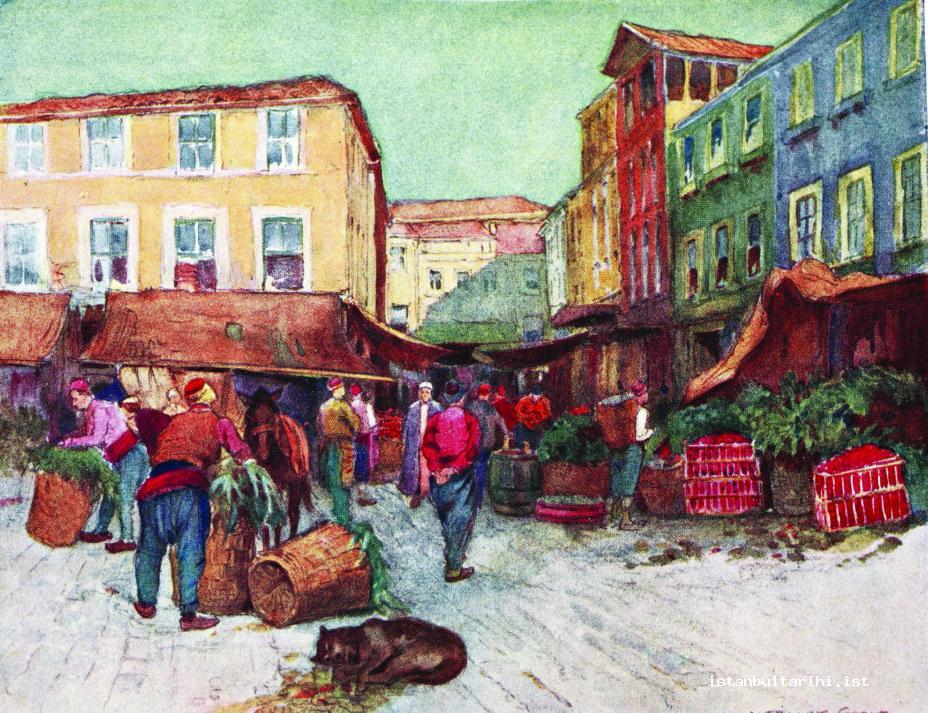Supporting local producers and preserving regional products are essential for keeping our communities vibrant and economically healthy. One great way to help local producers is by setting up and promoting farmers’ markets. These markets give producers a place to sell their goods directly to customers, ensuring they get a fair price without middlemen. Customers also get fresh, high-quality products. Local governments can help by providing funding or other support to start and maintain these markets, making them accessible to everyone.
Another way to support local producers is by using local products in public institutions like schools, hospitals, and government offices. By requiring these places to buy a certain amount of their food locally, we create a stable market for local farmers. This helps farmers and teaches the community about the benefits of eating locally produced food. Educational programs can also help by showing people why supporting local agriculture is good for the environment and the economy.
Agritourism is another effective strategy. This involves inviting people to visit farms, learn about how food is produced, and buy products directly from the source. Agritourism can provide a significant income boost for local farmers and help people feel more connected to where their food comes from. Governments and tourism organizations can support agritourism by building infrastructure and promoting the unique aspects of regional farming.
Protecting regional products through geographical indications (GIs) is also important. GIs are labels that show a product comes from a specific place and has unique qualities because of it. This protection helps keep traditional production methods alive and can increase the value of these products. Local governments can help producers get and keep GI status, providing legal and promotional support to highlight these products.
Lastly, community-supported agriculture (CSA) programs can make a big difference. CSAs let people subscribe to regular deliveries of local produce, giving farmers a steady income. This model also builds stronger community connections and promotes sustainable farming. Encouraging local businesses, restaurants, and households to join CSA programs can create a supportive network for local producers.
In conclusion, supporting local producers and preserving regional products requires various approaches, including markets, education, legal protection, and community involvement. By using these strategies, we can keep our local economies and cultural heritage strong and thriving.

